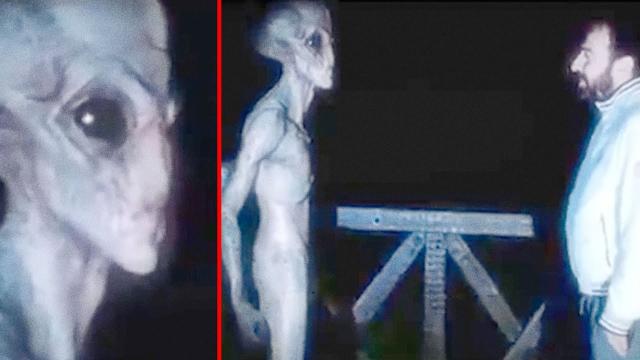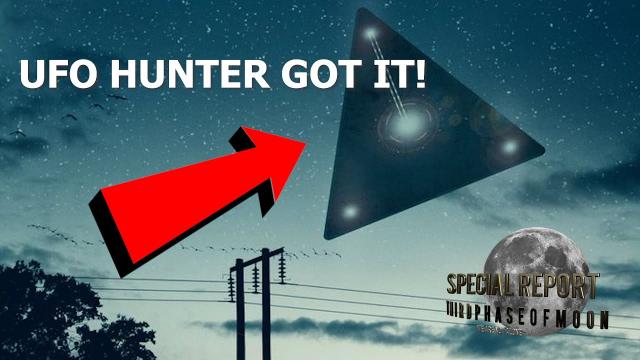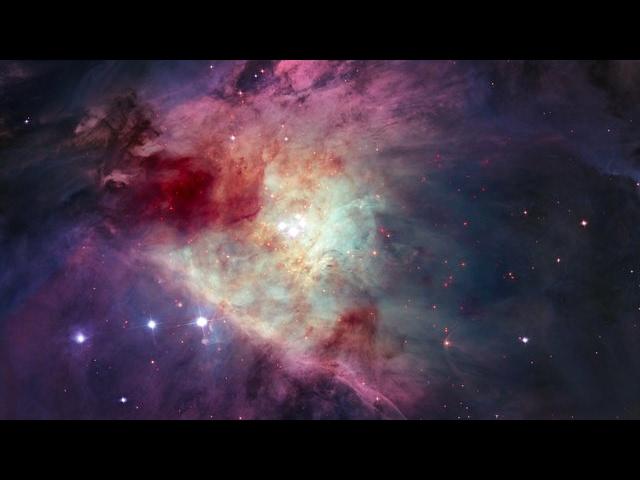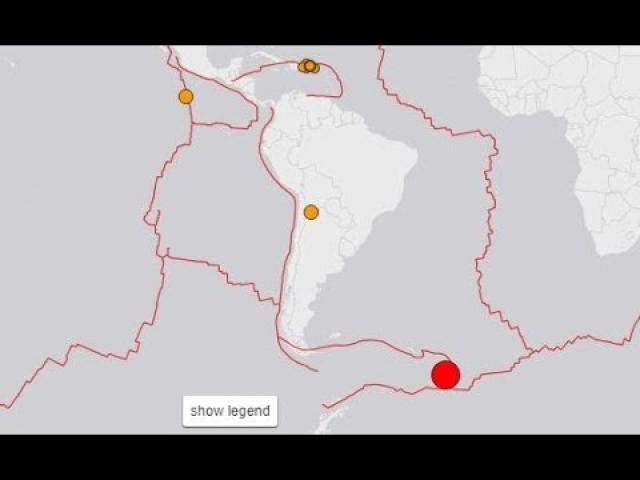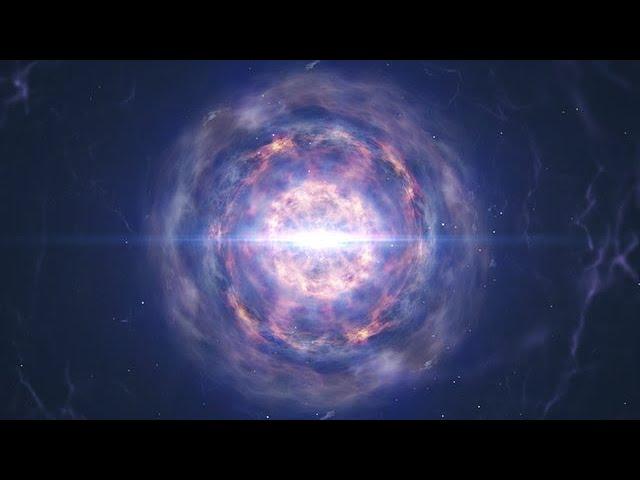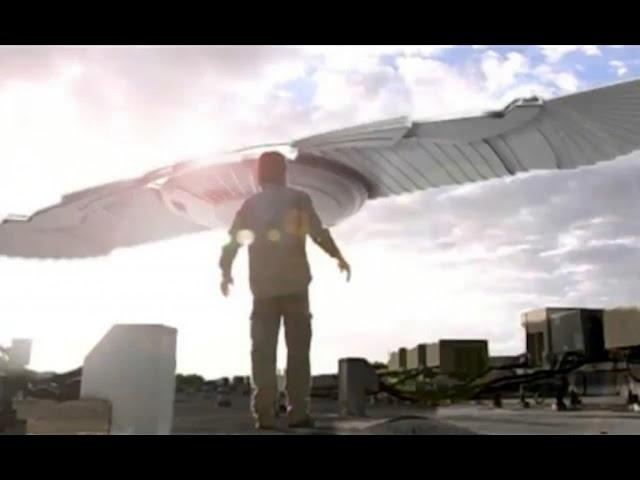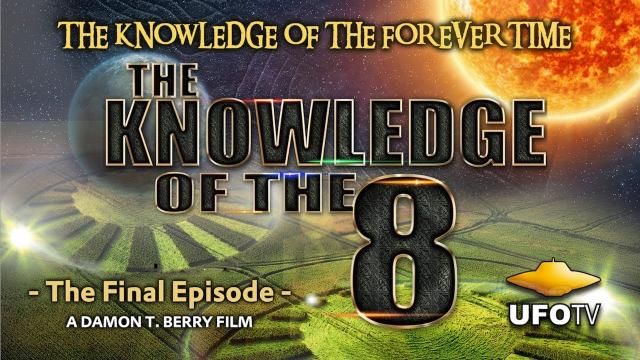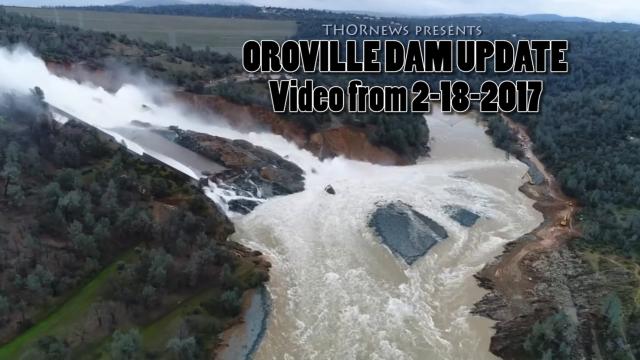Pan video: Arp 72
Description
This image features Arp 72, a very selective galaxy group that only includes two interacting galaxies: NGC 5996 (the large spiral galaxy) and NGC 5994 (its smaller companion, in the lower left of the image). Both galaxies lie approximately 160 million light-years from Earth, and their cores are separated from each other by a distance of around 67 thousand light-years. Moreover, the distance between the galaxies at their closest points is even smaller, closer to 40 thousand light-years. Whilst this might still sound vast, in galactic separation terms it is really very cosy! For comparison, the distance between the Milky Way and its nearest independent galactic neighbour Andromeda is around 2.5 million light-years. Alternatively, the distance between the Milky Way and its largest and brightest satellite galaxy, the Large Magellanic Cloud (satellite galaxies are galaxies that are bound in orbit around another galaxy), is about 162 thousand light-years.
Given this, coupled with the fact that NGC 5996 is roughly comparable in size to the Milky Way, it is not surprising that NGC 5996 and NGC 5994 — apparently separated by only 40 thousand light-years or so — are interacting with one another. In fact, the interaction might be what has caused the spiral shape of NGC 5996 to distort and apparently be drawn in the direction of NGC 5994. It also prompted the formation of the very long and faint tail of stars and gas curving away from NGC 5996, up to the top right of the image. This ‘tidal tail’ is a common phenomenon that appears when galaxies get in close together, as can be seen in several Hubble images.
More information and download options: http://esahubble.org/videos/potw2414a/
Credit:
ESA/Hubble & NASA, L. Galbany, J. Dalcanton, Dark Energy Survey/DOE/FNAL/DECam/CTIO/NOIRLab/NSF/AURA, N. Bartmann (ESA/Hubble)
Music: Stellardrone - Eden

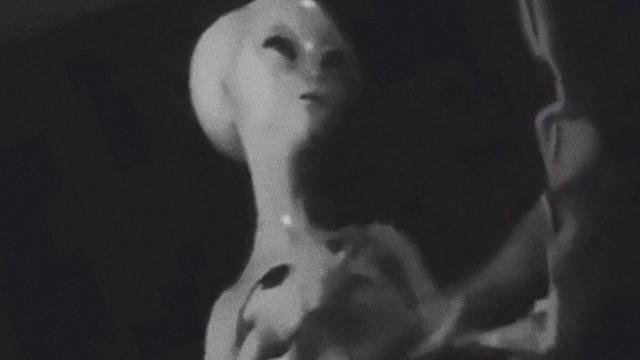
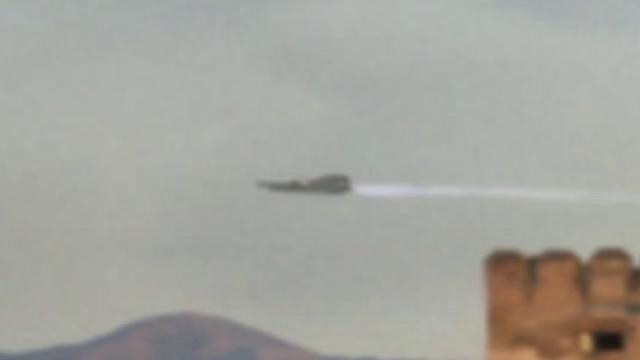
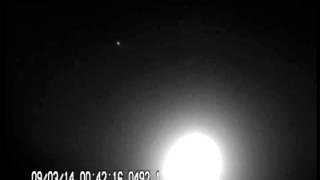

![Serpent Like Creature!!? UFO Sightings Cryptid Monster Video [Public Reacts] 2015 RAW Video!](https://www.ufo-secret.com/uploads/thumbs/0d6c0245e-1.jpg)
